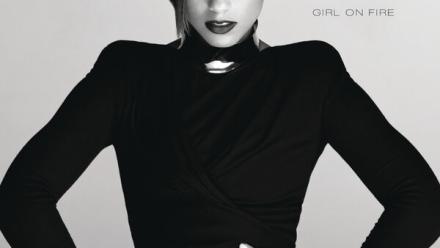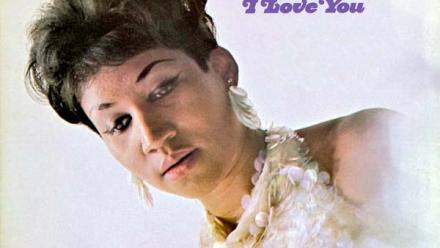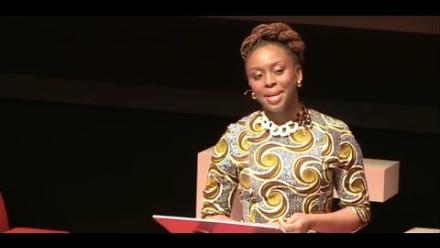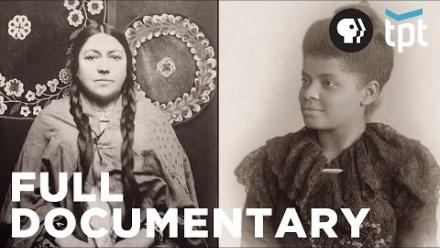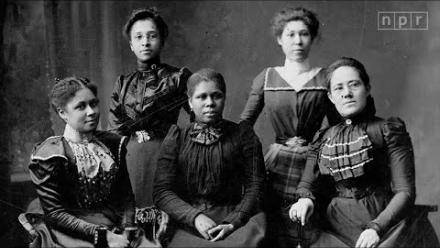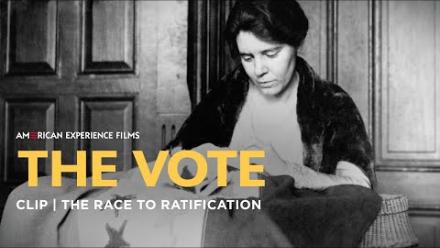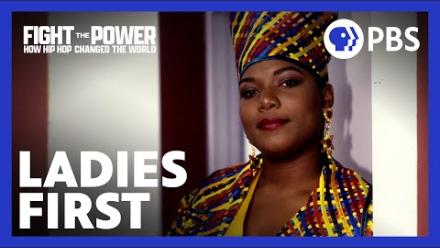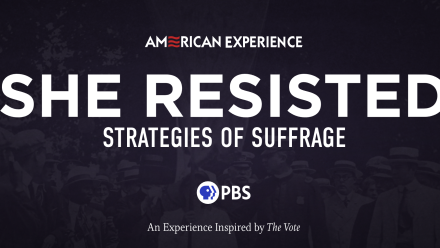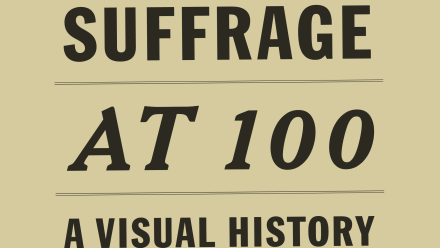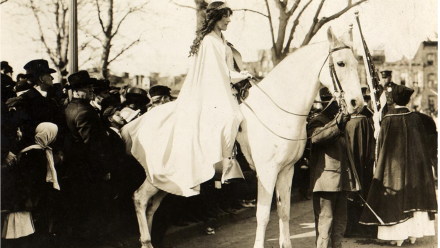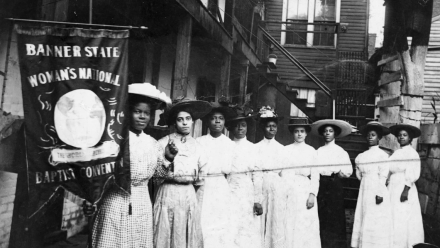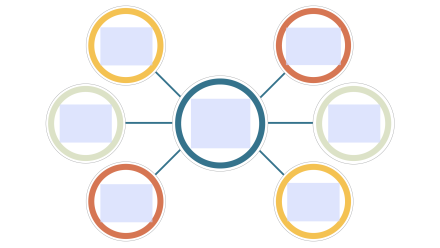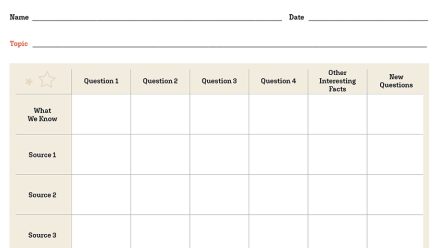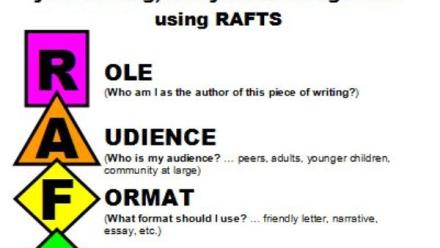Conversation Starters
Below are questions that can be used with your whole class or within small groups of students to get them thinking about what they know, sharing their personal experiences, and listening to other perspectives. Since these questions may elicit positive and negative emotions, as well as very personal stories, you should first establish parameters for discussions and sharing within your class community.
1. As a nation, have we upheld the ideal written in the Declaration of Independence that “all men are created equal”? If not, how have we failed? If yes, then provide examples to support your opinion.
2. How can women’s equality help all people?
3. How did race and gender equality become intertwined in American history?
Quotes to Prompt Discussions and Writing
Quotes are a great way to let students make personal connections between their lives and the world around them. Asking students to agree or disagree with a quote and explain their reasoning is a powerful and easy way for students to evaluate what they know and think about a topic. Quotes can act as a basis for whole-class and small-group conversations as well as writing prompts before, during, and after reading. Here are a few to get you started.
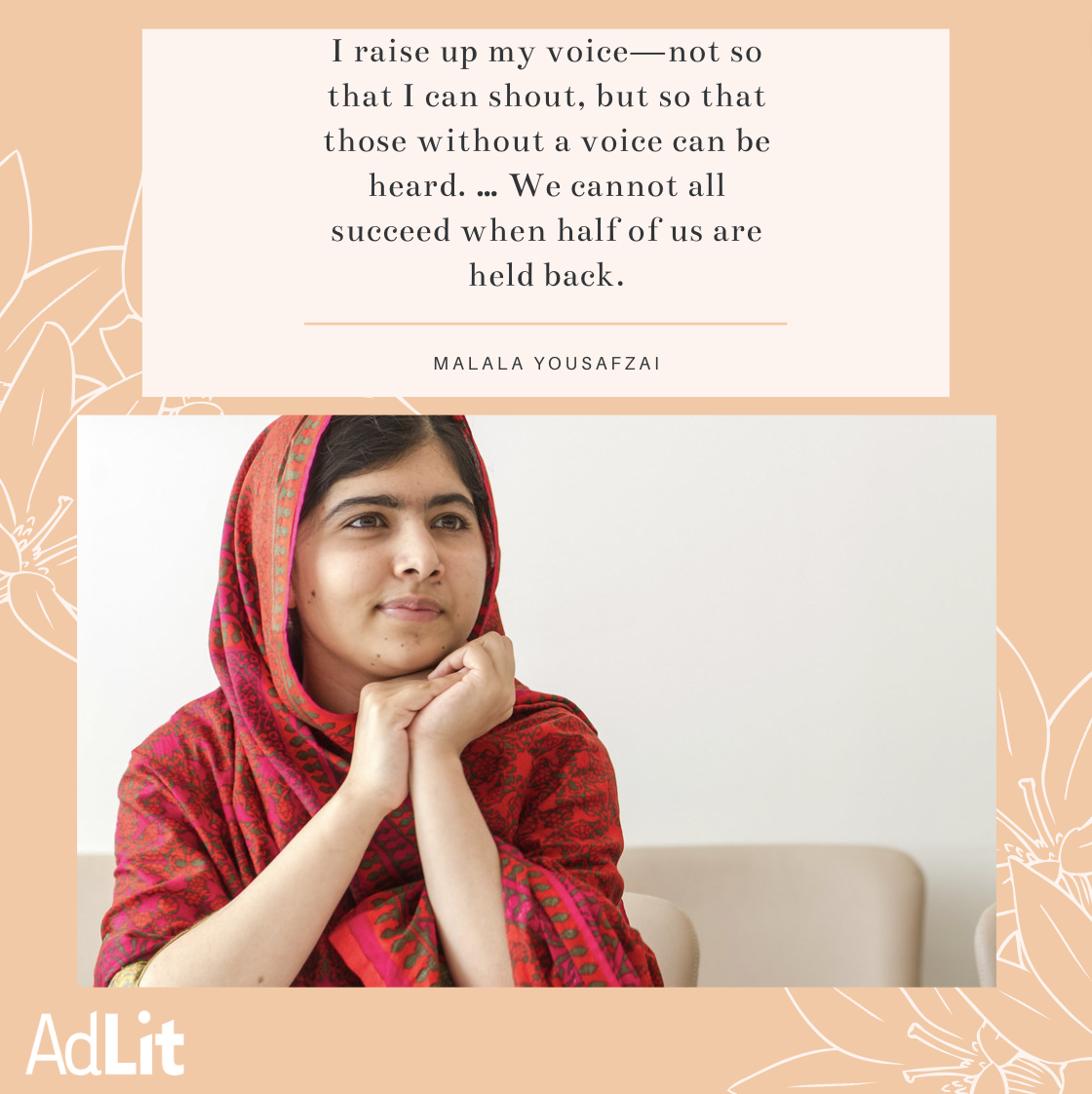
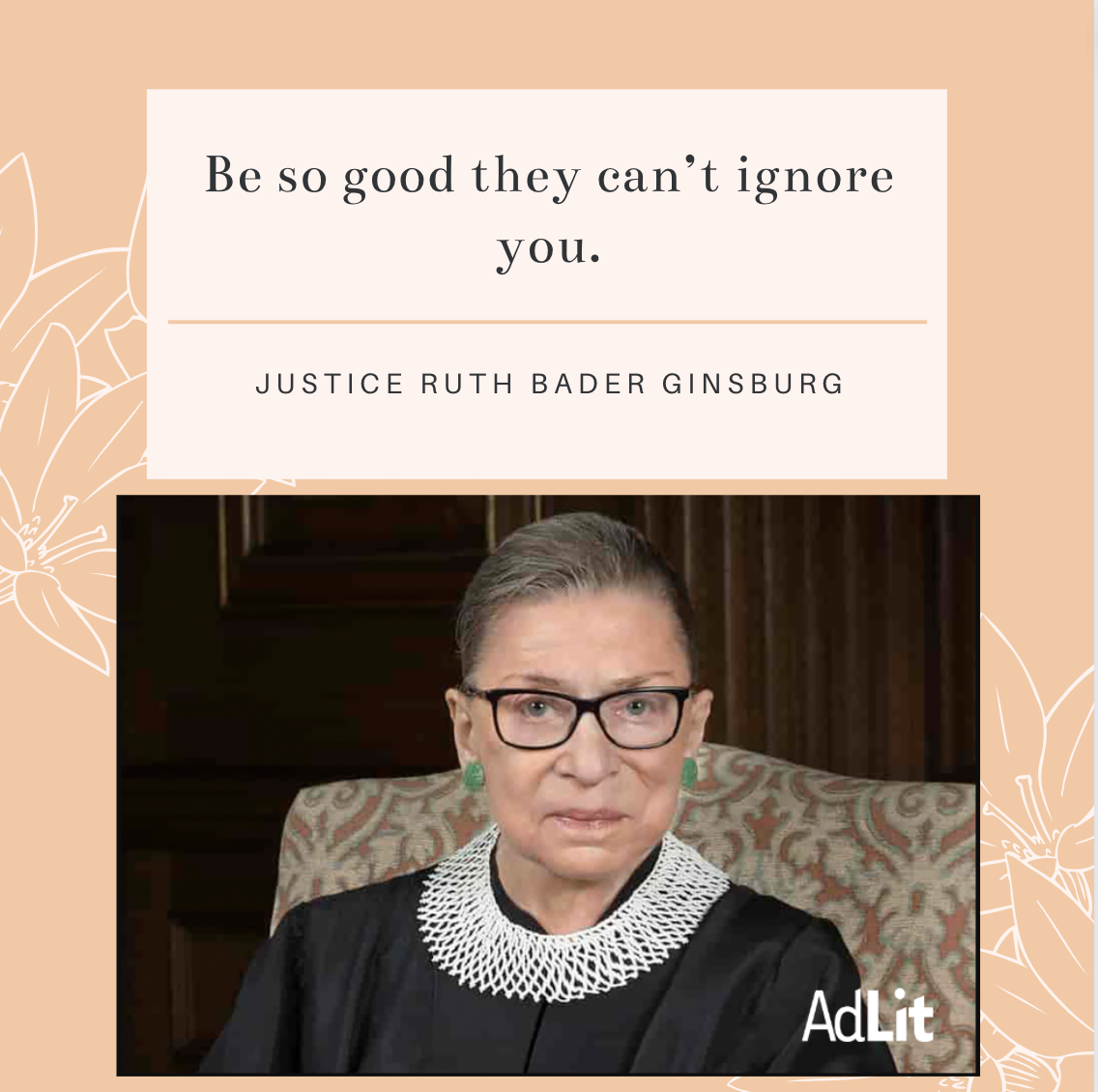
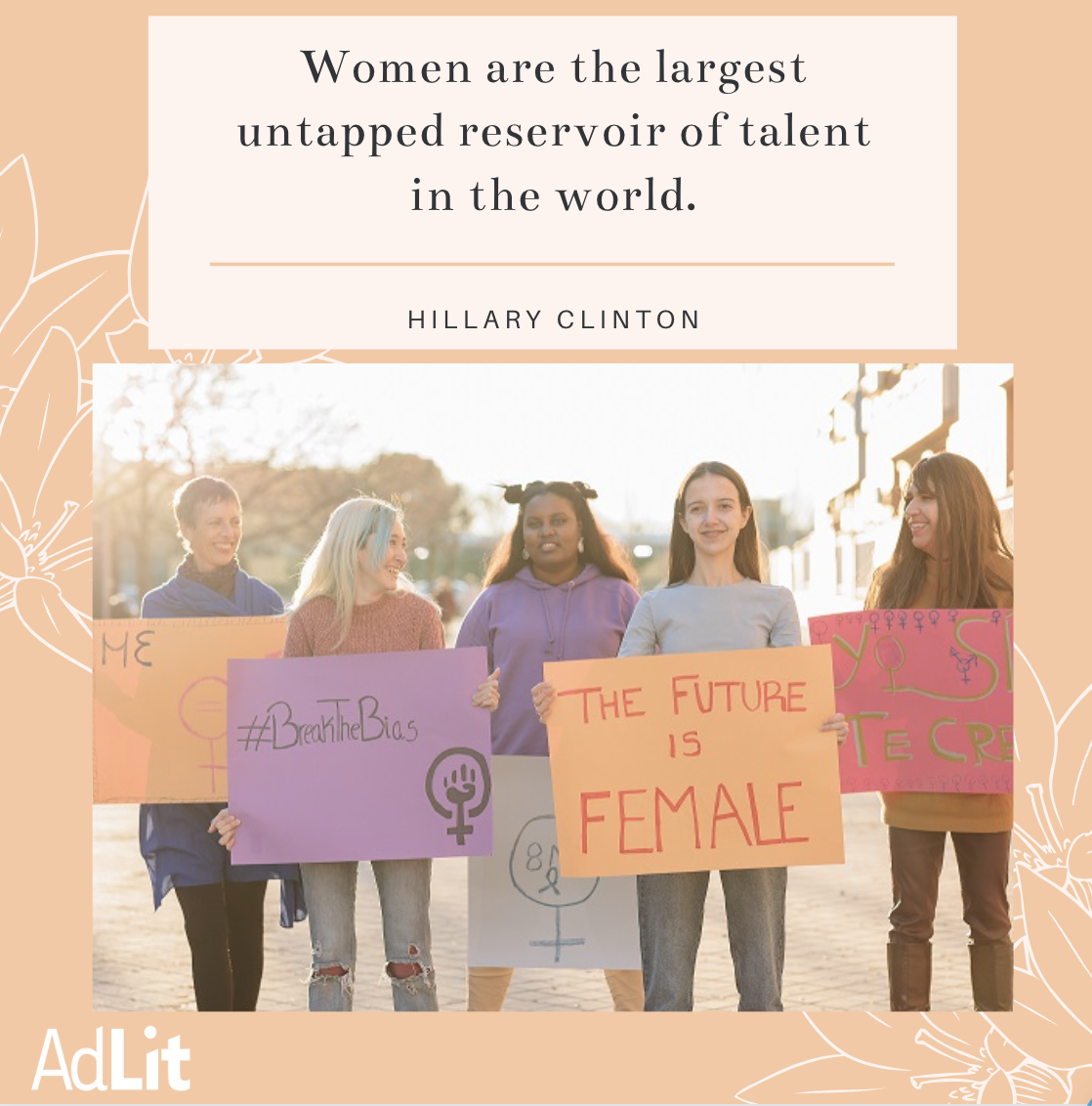
Music and Videos
Music and film have the power to connect with students’ deep emotions and transform their ideas. Students can listen and watch, then respond to written prompts or share their ideas in small groups.
We have chosen a few songs and video clips to help your students reflect on women’s fight for equality, their personal experiences, and universal truths. Each song is linked to the song lyrics, more information the artists, or the development of each song.
Anchor Texts
We encourage you to consider letting students choose between multiple texts that are connected thematically. Students can discuss their chosen texts in literature circles or book clubs while also building a shared understanding of larger themes and ideas across texts through whole-class share-outs and discussions.
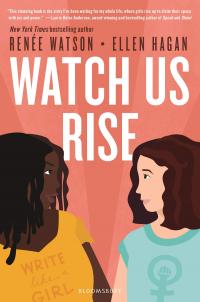
Watch Us Rise
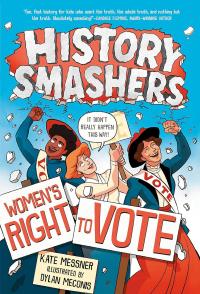
History Smashers: Women’s Right to Vote
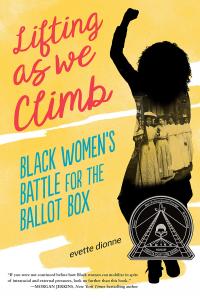
Lifting as We Climb: Black Women’s Battle for the Ballot Box
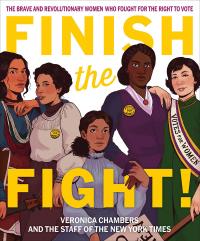
Finish the Fight!: The Brave and Revolutionary Women Who Fought for the Right to Vote
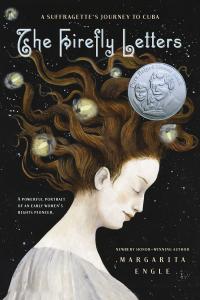
The Firefly Letters: A Suffragette’s Journey to Cuba
Additional Texts and Resources
Deepen and extend your students’ understanding of women’s fight for equality through their engagement with additional texts and multimedia resources. They can be powerful anchors for small-group or paired discussions.
PBS for Teachers: Interactive Learning Module
She Resisted: Strategies of Suffrage | The Vote
NY Times collection
Suffrage at 100: A Visual History
Article from The Gilder Lehrman Institute of American History
Long Journey for the Vote
CommonLit Collection of Articles
Rights of Women
Supports for Recording and Developing Students' Ideas
Comprehension Vocabulary Writing
Concept Maps
Comprehension Writing
Inquiry Charts (I-Charts)
Writing
RAFT Writing
Writing Prompts & Wrap-ups
Below are questions that can be used with your whole class or within small groups of students to have them make larger connections between the resources you utilized. Students should use two or more resources when developing their responses.
1. How has your perspective on women’s fight for equality changed as you’ve learned more about the movement?
2. How impactful were the Suffragettes? What is their legacy today?
3. Why is it important to look back at history from a female perspective?
4. Are there rights women are still fighting for in the US? World?


